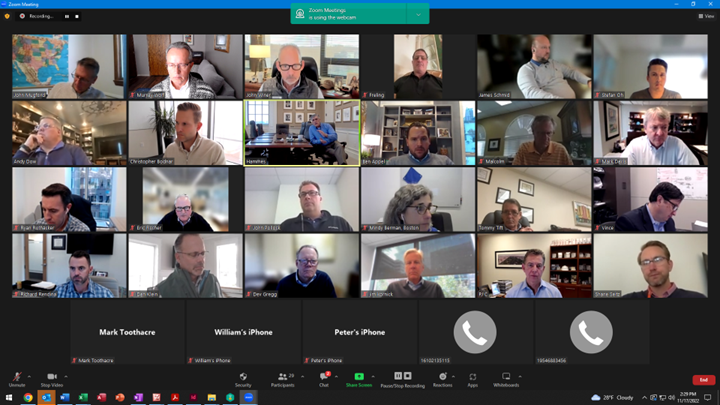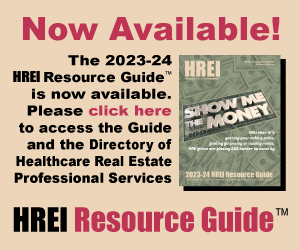Inflation, higher interest rates and stressed providers challenge HRE
By John B. Mugford

For the most part, members of the HREI board noted that the long-term prospects remain strong for HRE and those involved in it. (HREI photo)
Since the Great Recession of 2007-09, healthcare real estate (HRE) professionals have touted the strengths of the sector and the product type, going so far as to refer to medical facilities as “recession resistant.”
Healthcare facilities performed comparatively well during that crisis, as well as during the more recent COVID-19 Recession of 2020, reaffirming their status as a reliable commercial real estate investment – one with tenants that are more likely to continue paying rent than tenants in other types of facilities.
As a result, more and more investors, including a wide range of institutions, have entered the HRE space in recent years, driving pricing up and capitalization (cap) rates down for a wide variety of facility types, including medical office buildings (MOBs), ambulatory surgery centers (ASCs) and others.
However, despite the proven resilience of the HRE sector, a group of industry executives who met last week via Zoom acknowledged that there could be some bumps in the road, at least in the short term.
The discussion brought together members of the HREI Editorial Advisory Board, which comprises about 30 professionals involved in HRE facility investments, brokerage sales, development, ownership, leasing and law. The discussion was hosted by Murray W. Wolf, HREI’s founder and publisher, and John B. Mugford, editor.
For the most part, members of the HREI board noted that
The full content of this article is only available to paid subscribers. If you are an active subscriber, please log in. To subscribe, please click here: SUBSCRIBE






